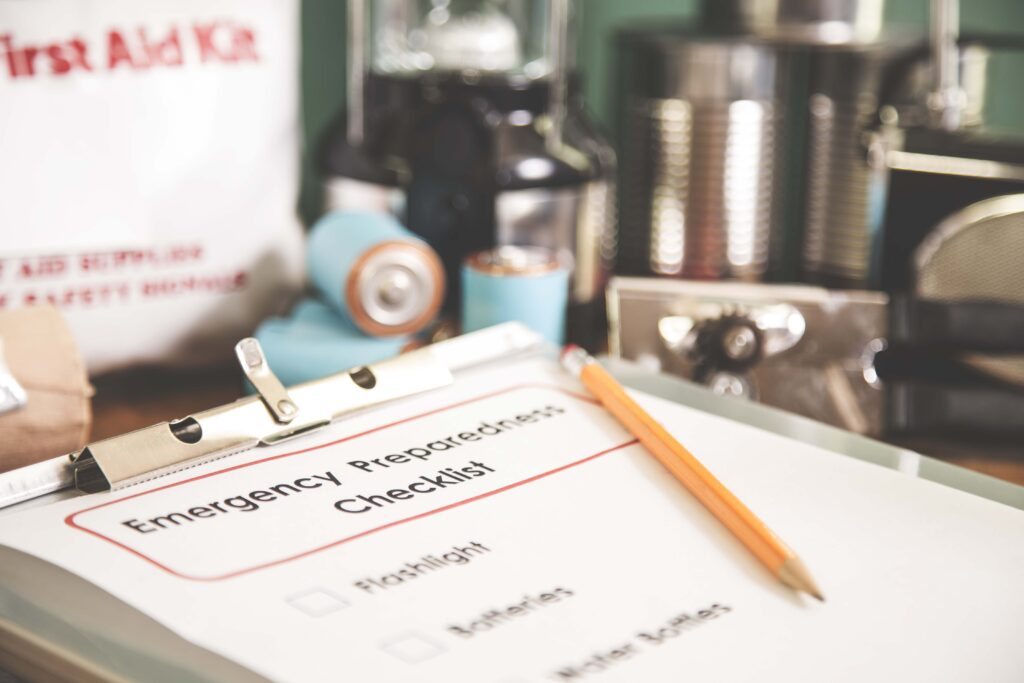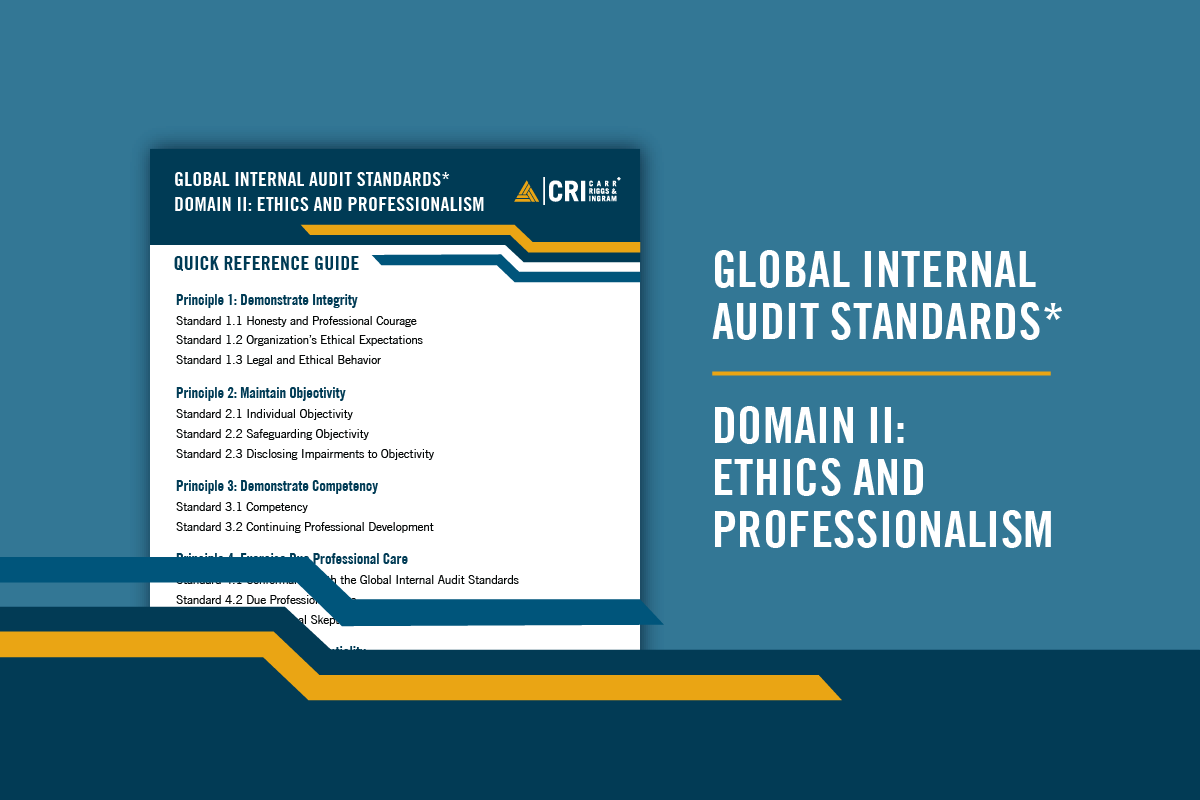Step by Step: Stay Resilient with a Crisis Planning Checklist
- Contributors
- Elisabeth Ashley
- Kris Hoffman
Sep 2, 2025
September is National Disaster Preparedness Month—the perfect time to evaluate how ready your business is for the unexpected. While we can’t control when a crisis strikes, we can control how we respond—and, to some degree, how we recover.
Natural disasters, which appear to be increasing in frequency and intensity, are only one part of the risk landscape. Depending on your industry, you may also face threats such as cybersecurity breaches, employee fraud, theft of intellectual property, and more. It can feel overwhelming, leaving you tempted to throw up your hands in defeat.
But crises don’t have to spell disaster. With a well-designed plan for continuity of operations, they become manageable.
Getting Started with Crisis Preparedness
When facing the possibility of a crisis, it’s important to take practical steps that build resilience and help maintain continuity when challenges arise. Use this checklist as a starting point:
- Assess the business’s risks. As a business owner, you’re no stranger to risk. But you might not have considered the full range of risks your business faces. Before you can plan ahead for disaster response and recovery, you need a good understanding of what types of crises you can expect to encounter. Just some of the potential impacts to consider can include increased employee absences, changes in demand, supply chain interruptions, and increased risk of theft and employee fraud. What are your plans to mitigate these risks?
- Review insurance coverage. Any risk that can be covered by business interruption insurance typically should be. It’s wise to take a good look at your insurance coverage annually to determine if it should be modified to reflect increased or decreased risk and changes in the value of property or financial exposure. Furthermore, effective risk management strategies and well-protected facilities may qualify for reduced insurance premiums, optimizing your overall insurance investment.
- Keep a cash cushion. As important as insurance is, remember that it often takes months to pay out. An essential part of emergency preparedness is building up enough cash reserves and credit lines to ride out the storm.
- Decide how you will keep people safe. In the event of a physical disaster, your employees need to know how and where to seek shelter. Build a crisis management team. Keep on hand personal protective equipment, first aid supplies, a battery-powered radio, a NOAA weather radio with an alert function, and uninterruptible power supplies (UPS).
- Know how you will communicate. In addition to maintaining open lines of communication with employees, businesses must also establish effective channels of communication with vendors, customers, and the community. For employee communications, consider implementing "emergency call lists" as a valuable tool. Having a clear plan for reaching your employees in times of crisis is essential. Are you equipped with backup phone and internet services to ensure communication remains viable, even in the event of prolonged disruptions to your primary carriers?
- Safeguard records. Consider cloud-based storage to maintain backups of important documents (including tax and financial records). Whenever possible, set up remote access for your important financial accounts.
- Document valuables and equipment. Make a detailed, room-by-room list of your business equipment and other valuables. Be sure to include model and serial numbers, if applicable.
- Know your disaster relief There are many sources of help for small businesses following a disaster. As part of your emergency preparedness, pull together a list of small business disaster relief options, such as FEMA support.
- Enlist the help of your trusted advisor. When it comes to disaster and business continuity planning, your advisor is an invaluable ally. For example, they can offer input as you assess your business’s risks and review insurance coverage. In the event of an actual disaster, your advisor can help you maintain strong internal controls and clean financial statements. They can also help your business get back up and running by weighing the pros and cons of disaster relief programs, walking you through the application process, and keeping you apprised of evolving rules and regulations.
Partnering for a Stronger Future
If you’re ready to discuss how to plan ahead for a potential crisis and strengthen your business continuity strategy, contact your CRI advisor today. Together, we can create a plan that helps protect your organization and position it to recover quickly when challenges arise.

















































































































































































































































































































































































































































































































































































